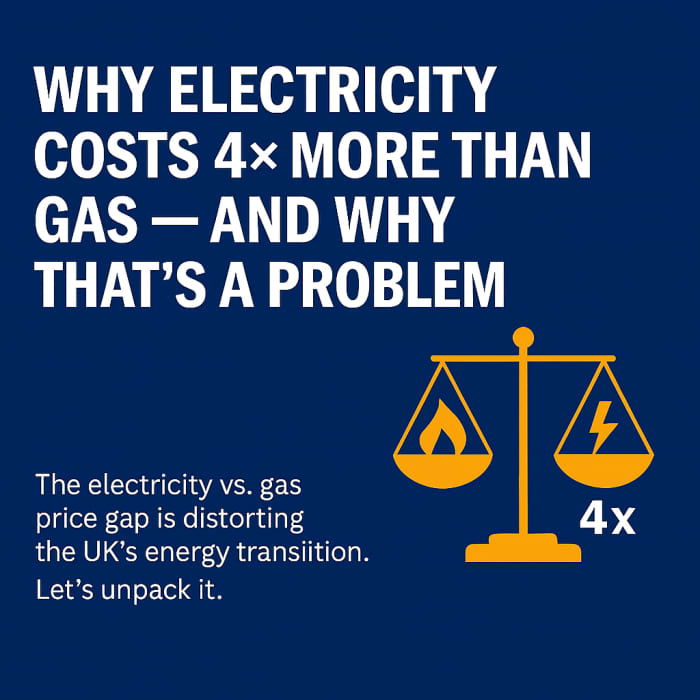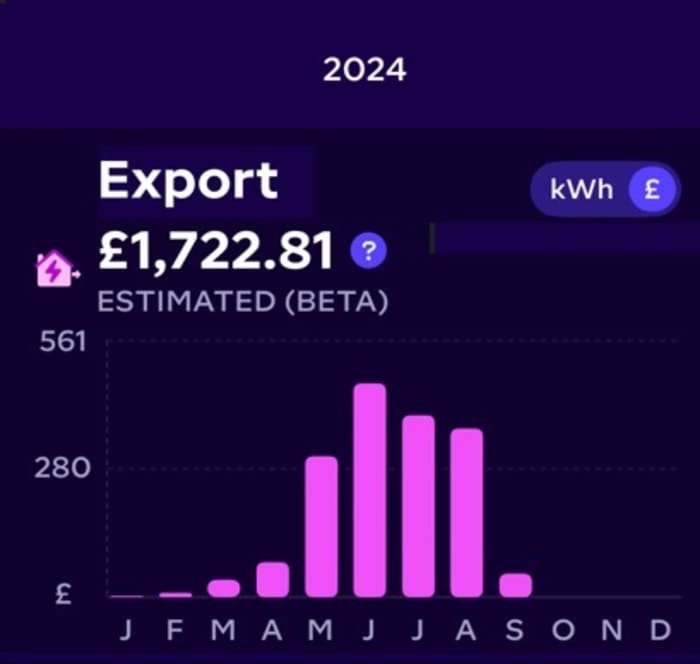Maximize the ROI of a solar panel system for your facility
1. Assess your energy needs and goals
Before you install a solar panel system, you need to have a clear understanding of your current and future energy needs and goals. How much electricity do you use on average per month and per year? How much do you pay for your utility bills and what are the rates and incentives in your area? What are your sustainability targets and how can solar energy help you achieve them? By answering these questions, you can determine the optimal size, type, and location of your solar panel system and estimate the potential savings and benefits.
The financials for installing solar have changed and it now makes sense to go big and maximise the size of your solar system. High energy costs have increased the rate for solar energy exported back to the grid and also there is now an opportunity to generate additional income from every kW of solar generated by selling carbon offset credits. This all justifies installing the maximum amount of solar possible rather than simply sizing the capacity to match the site demand.
An important factor in the design and dimensioning of the PV system is also a precise load profile analysis. And not only in terms of total consumption, but also of individual machines and systems that could be operated with solar power. What load peaks occur, how high are they and how high is the base load? Perhaps there are still savings opportunities in advance to reduce load peaks and base loads.
The most important Factor is to generate more. The more power generations, the better ROI. So have a robust solar panel cleaning system, specially in winters. reduction in breakdown period is very important. Also, DG synchronization can also help you in reducing fossil fuel costs.
2. Choose the right solar panel system
There are different types of solar panel systems available in the market, each with its own advantages and disadvantages. The most common ones are grid-tied, off-grid, and hybrid systems. Grid-tied systems are connected to the utility grid and can sell excess electricity back to the grid or use it as backup power. Off-grid systems are independent from the grid and rely on batteries or generators for backup power. Hybrid systems combine both grid-tied and off-grid features and offer more flexibility and reliability. Depending on your energy needs, goals, and budget, you should choose the system that suits your facility best.
The financials for installing solar have changed and it now makes sense to go big and maximise the size of your solar system. High energy costs have increased the rate for solar energy exported back to the grid and also there is now an opportunity to generate additional income from every kW of solar generated by selling carbon offset credits. This all justifies installing the maximum amount of solar possible rather than simply sizing the capacity to match the site demand.
The most important Factor is to generate more. The more power generations, the better ROI. So have a robust solar panel cleaning system, specially in winters. reduction in breakdown period is very important. Also, DG synchronization can also help you in reducing fossil fuel costs.
The financial justification for solar has improved -Less expensive and higher efficiency solar panels combined with higher energy costs make a compelling business case for installing the maximum amount of PV possible as even reduced generation from sub optimal roofs may now produce a justifiable business case.
3. Optimize the performance and efficiency of your solar panel system
Once you have installed your solar panel system, you need to make sure that it operates at its peak performance and efficiency. This means that you need to monitor, maintain, and upgrade your system regularly. You should also implement some energy management strategies to reduce your energy consumption and demand, such as installing energy-efficient appliances and lighting, using smart thermostats and sensors, and adjusting your temperature and ventilation settings. By doing so, you can increase your energy savings and extend the lifespan of your system.
Monitoring your solar system is essential – immediately post installation to check that everything has been left fully enabled and thereafter regular monitoring will quickly alert you to investigate further if solar generation drops from the norm to promptly take corrective action to get generation back on track.
Choose the best tilt angle, big systems may improve efficiency/cost with tracking. Inverters considered as the most expensive part of the PV system therefore optimizing inverters is essential. Finally, model system components.
Continuous monitoring of the energy produced, as well as the total energy consumption and individual systems is essential in order to ensure the performance of the systems and to optimize the self-consumption / energy consumption of solar energy
Also remember to factor in maintenance – whilst solar panels will have a 20 year + life, inverters and battery storage have a shorter lifetime around 10 – 12 years although the technology is improving so we may see longer lifetimes in future. Replacement of these key components is essential to ensure the long term performance of the system is delivered and the cost should be included in your financial planning.

4. Take advantage of tax credits, rebates, and incentives
Another way to maximize the ROI of your solar panel system is to take advantage of the various tax credits, rebates, and incentives that are available at the federal, state, and local levels. These programs can help you reduce the upfront cost of your system and increase your net profit over time. For example, the federal solar investment tax credit (ITC) allows you to deduct 26% of the cost of your system from your federal income taxes in 2021. You should also check with your utility company and local government for any additional programs that may apply to your facility.
This week in the UK battery storage market gets a welcome boost as zero rate VAT for battery storage installations will apply from 1st February 2024. The 20% saving also applies to associated costs providing they are on the same invoice such as installation costs.
5. Compare different financing options
Finally, you need to compare different financing options for your solar panel system and choose the one that fits your financial situation and goals. There are three main options: cash, loan, and lease. Cash is the simplest and most straightforward option, but it requires a large upfront payment and may not be feasible for some facilities. Loan is the most common option, as it allows you to own your system and pay it off over time with fixed monthly payments and interest rates. Lease is the least expensive option, as it allows you to rent your system from a third-party provider and pay a fixed monthly fee, but you do not own your system and may not benefit from the tax credits and incentives. You should weigh the pros and cons of each option and consult with a professional solar installer or financial advisor to make an informed decision.
My prediction for the future is that we will see a growing number of innovative funding schemes that offer long-term financing to match up with the longevity of solar panels and enables positive cashflow from day 1.
6. Here’s what else to consider
This is a space to share examples, stories, or insights that don’t fit into any of the previous sections. What else would you like to add?
Obtaining a quality installation and having full confidence in the installer is critical to ensuring that your solar system will generate the forecasted output over the long term. Given the longevity of solar panels it makes financial sense to invest in high specification products from reputable manufacturers who support their products with long warranty’s.




